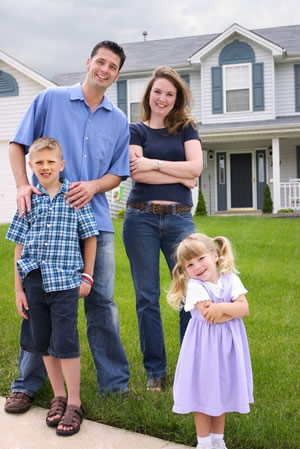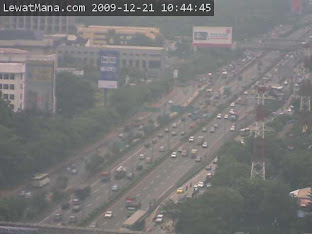
Local people already know more than any outsider about their community and the people living there. Many people assume they know everything about their local area, but there is always more to examine and learn. Producing a detailed map of the community can help people to identify areas, buildings or people that would be at high risk should there be any kind of disaster.
A risk map will help people to identify the risks they face, help them to find solutions or take steps to reduce the risk:
• It will help identify major hazards (such as rivers that might flood or areas at risk of landslides).
• It will provide authorities and local organisations with information for decision making and planning.
• It can record the effects of any previous disasters.
• It can identify community shelters for use in case of disaster.
STAGE ONE - Preparations
Organise a meeting and invite community members, local authorities and organisations to attend. Explain the purpose of the meeting and the value of producing a risk map. Take time to explain the meaning of the terms risk and hazard (see box opposite), so that all participants can understand and share in the process.
Producing a community map
Ask people to draw a large map of their local area, using large sheets of paper and pens. The map can also be drawn on clear ground with sticks, leaves and stones; or chalk on the wall of a building – but make sure these are copied safely onto paper to keep. The map should show:
• the natural and physical resources in the area (hills, forests, roads and rivers, for example)
• organisations and the homes of key people such as healthworkers and leaders.
More information may be gained if people first work in small groups of different age and gender to draw separate maps. The different results can be very revealing. For example, the young people’s map may show very different information from that of older women. Allow each group to explain their map fully and encourage questions and discussions.
Use the information from each map to make a final detailed map on a large sheet of paper, ensuring all helpful information is included.
STAGE TWO - Consider the risks
Once the initial map is finished, people can begin to consider the different risks and hazards that might face the area. Certain questions can be asked:
• If a heavy tropical storm or hurricane hit our community…
• If an earthquake hit our community…
• If a fire hit our community…
• If a landslide hit our community…
• If serious fighting through ethnic tensions or civil uprising hit our community…
• Which areas would be most at risk?
• Which structures or buildings would be most at risk?
• Which people would be most at risk?
• What impact would there be on our livelihoods?
• What impact would there be on water supplies?
• What impact would there be on communications (roads, bridges, telephones)?
People may find it useful to divide into groups and do a more detailed survey of the area in order to answer these questions fully. Further details may then need to be added to the map.
Levels of risk
Each of these questions is likely to involve considerable discussion. Discuss all that may be relevant for your area. After agreement is reached, shade in buildings, homes or areas, using colours to indicate the level of risk. For example, you could use red for high risk areas, yellow for medium risk areas and green for relatively risk-free areas.
STAGE THREE - Response
Community tour
When the map is completed, it may be very useful for community leaders, local authority and organisation representatives to visit the areas noted as high or medium risk to see what, if any, changes could be made to lower their risk to different types of disaster.
• How can water supplies be protected?
• How can vulnerable people be supported?
• How could areas at risk of landslides be strengthened?
• How could buildings be strengthened?
Plan of action
Leaders and local authorities should be invited to meet with community representatives to discuss the collected information. A community response plan should be worked out, allocating different responsibilities, such as communications, managing water supplies or evacuating vulnerable people. This should be updated each year.
• How can the information on the maps be kept safe for future reference?
• Who should look after the maps and make them available if needed?
Community shelter
Look at the areas shaded in green on the map which are relatively free of risk. Identify a large building such as a church, hall or school, which could be improved for use as a community shelter, should disaster strike. Consider ways of improving or strengthening this building according to the likely risk. Does the roof or water supply need improving? Could emergency supplies such as candles, matches, torches, chlorine tablets, plastic sheeting, cooking pots, firewood and medical supplies be stored in the building? Could copies of community records be kept here?
risk: the possibility of danger, loss or injury from an event or situation
hazard: an event or situation which could lead to danger, loss or injury
vulnerable: lacking protection or defence and so likely to be physically or emotionally wounded or hurt
From http://tilz.tearfund.org/Publications/Footsteps+51-60/Footsteps+56/Risk+mapping.htm
Adapted from information from EIRD Guidelines and PILLARS guides on Preparing for disaster and Mobilising the community. Websites: www.eird.org www.tilz.info/pillars






















0 komentar:
Post a Comment